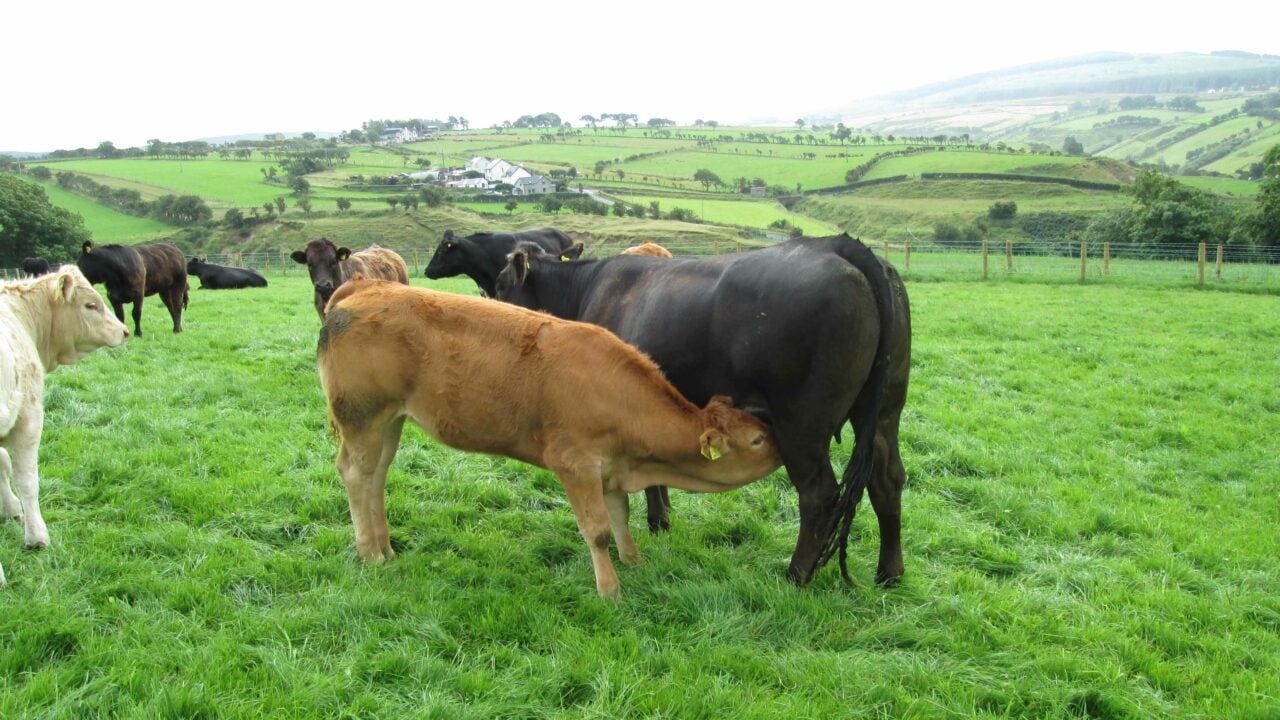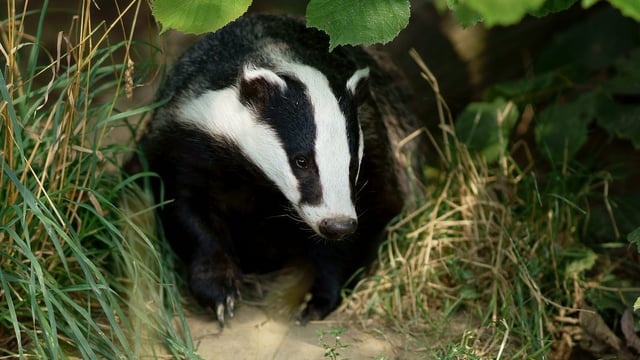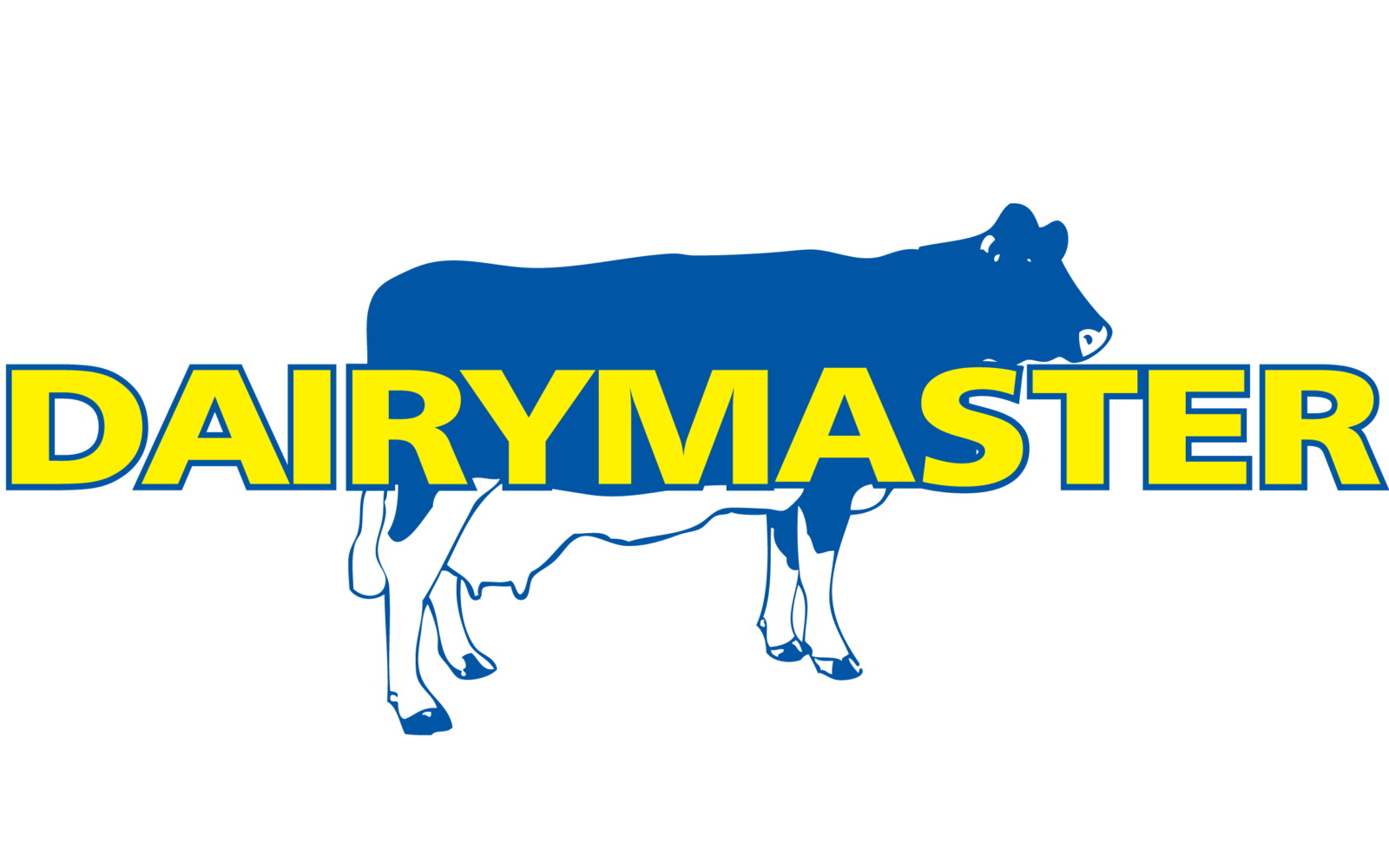Table: ICBF outlines weight data included in evaluations
The Irish Cattle Breeding Federation (ICBF) has recently made available information on the volume of weight-related data that is currently included in the ICBF evaluations.
The data used in the national cattle evaluations is sourced from marts, factories and on-farm weighing.
The ICBF CEO Sean Coughlan explained to Agriland that weights recorded by farmers for the Suckler Carbon Efficiency Programme (SCEP) are not currently used in the evaluations but weights recorded by technicians are used.
Following a query from Agriland, the ICBF CEO confirmed that work is ongoing to have all SCEP weights available for use in the Eurostar Evaluations and the aim is to have this completed in 2025.
The table below details the volume of weight-related data currently included in the ICBF evaluations:
| Record type | Trait | Records in current evaluation |
|---|---|---|
| Liveweight | 150 to 250 day liveweight | 1,945,260 |
| Liveweight | 250 to 350 day liveweight | 1,977,188 |
| Liveweight | 350 to 450 day liveweight | 1,071,597 |
| Liveweight | 450 to 550 day liveweight | 1,057,501 |
| Liveweight | 550 to 700 day liveweight | 1,403,904 |
| Liveweight | Cow liveweight | 2,445,122 |
| Carcass | Carcass weight | 13,127,283 |
| Carcass | Cull cow weight | 3,634,049 |
| Carcass | Carcass conformation | 13,126,728 |
| Carcass | Cull cow conformation | 3,633,489 |
| Carcass | Carcass fat | 13,124,643 |
| Carcass | Age at slaughter | 3,063,634 |
The inclusion of the SCEP weights is part of "a suite of improvements that are currently in the research phase".
Coughlan explained that "it is very important that the ICBF can stand over the evaluations that we produce".
"Any time a large amount of new data is included, the evaluations will change. If the star ratings on a farmer’s animals go down, they will want to understand why.
"That is fair and reasonable. We must be able to stand over the reason why they have changed.
"That is why we are doing a lot of validation work on the weights and the subsequent evaluation changes," Coughlan added.





